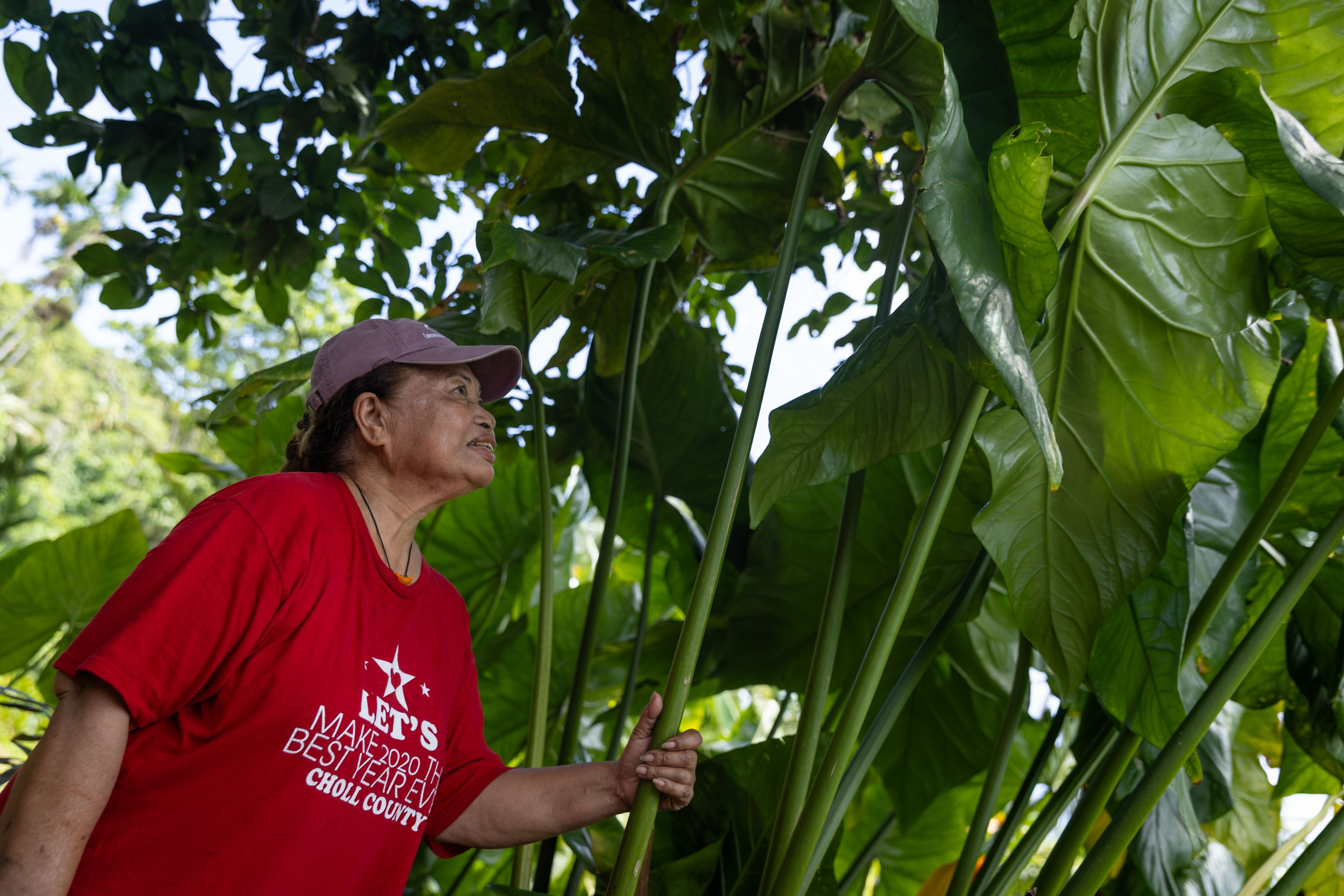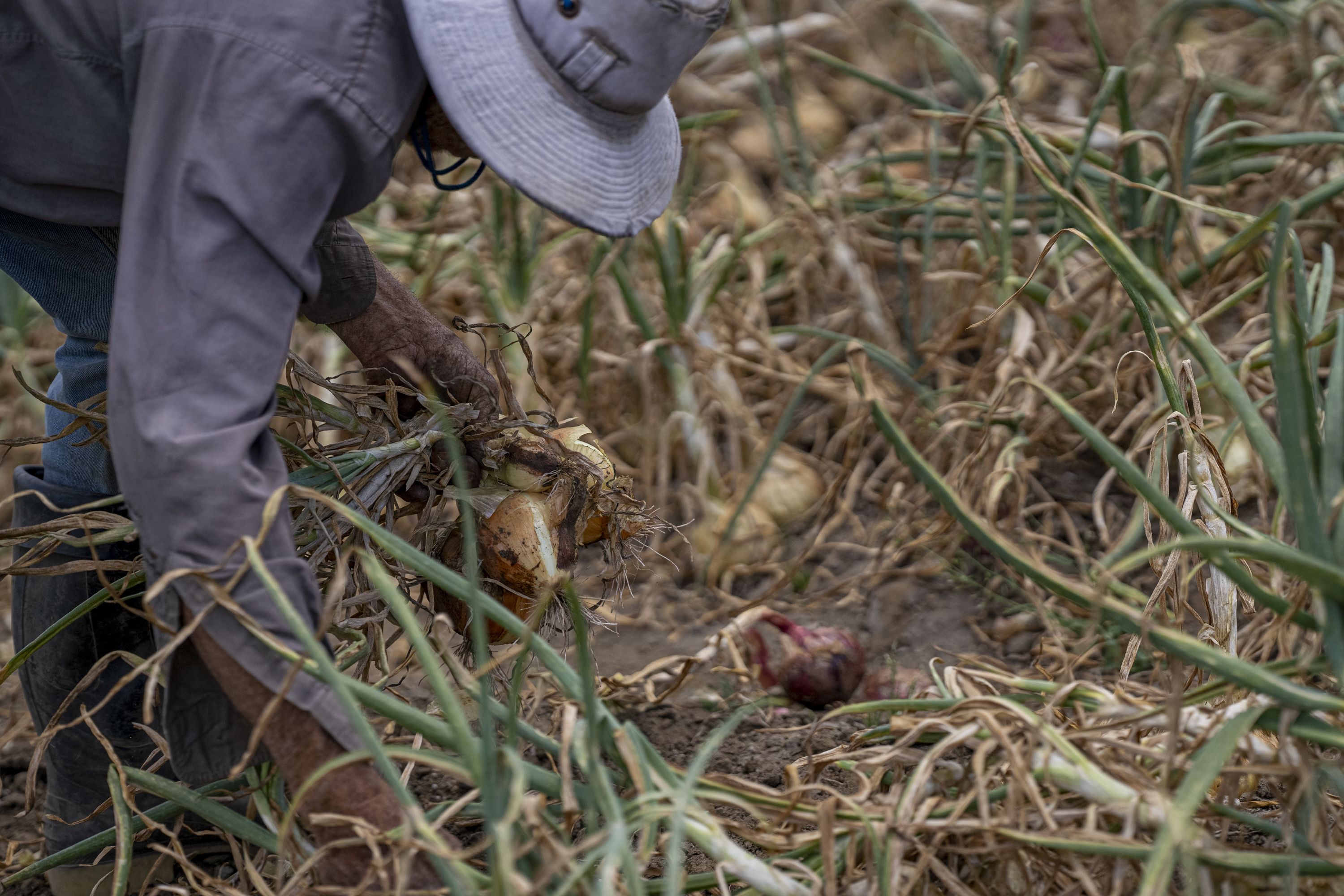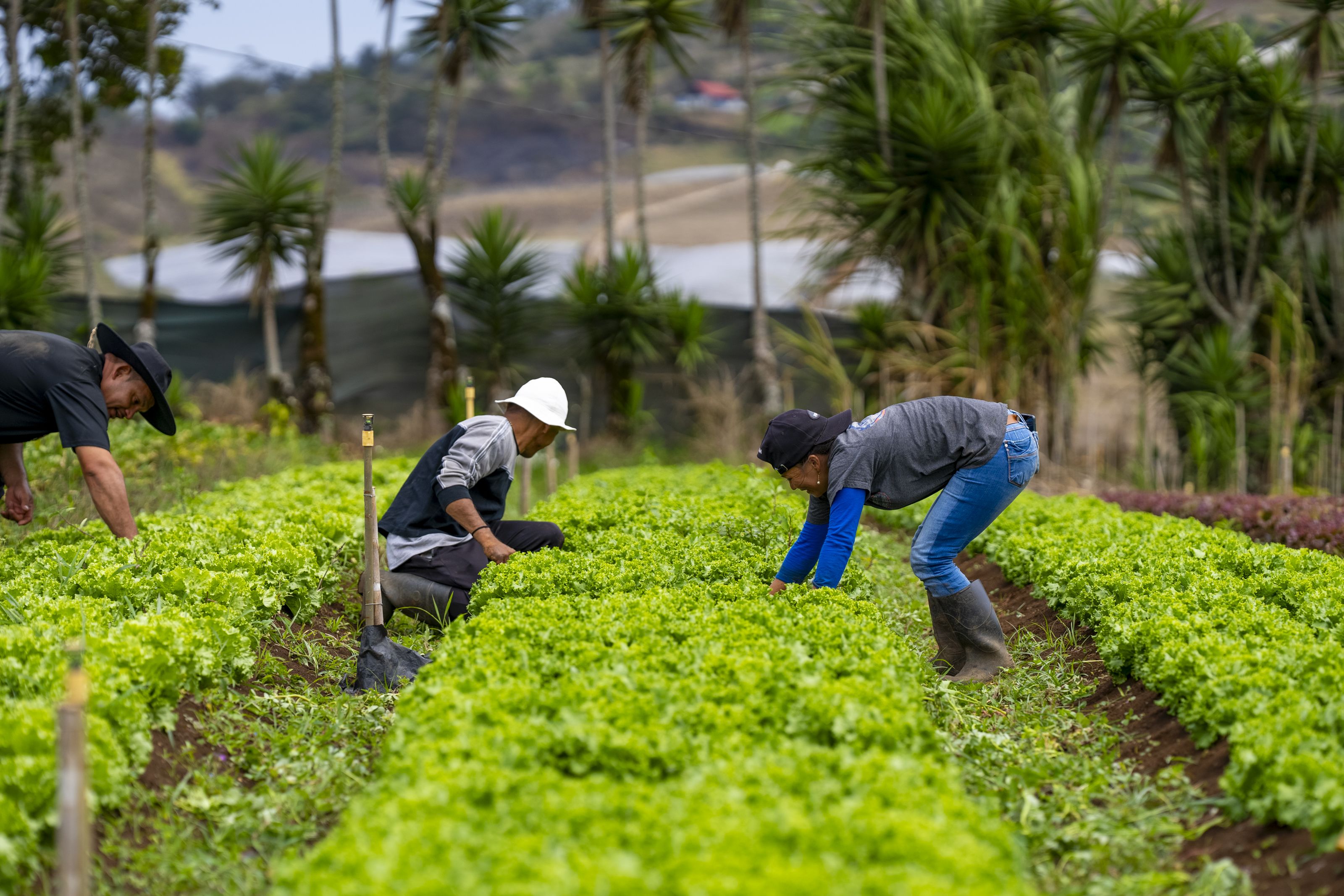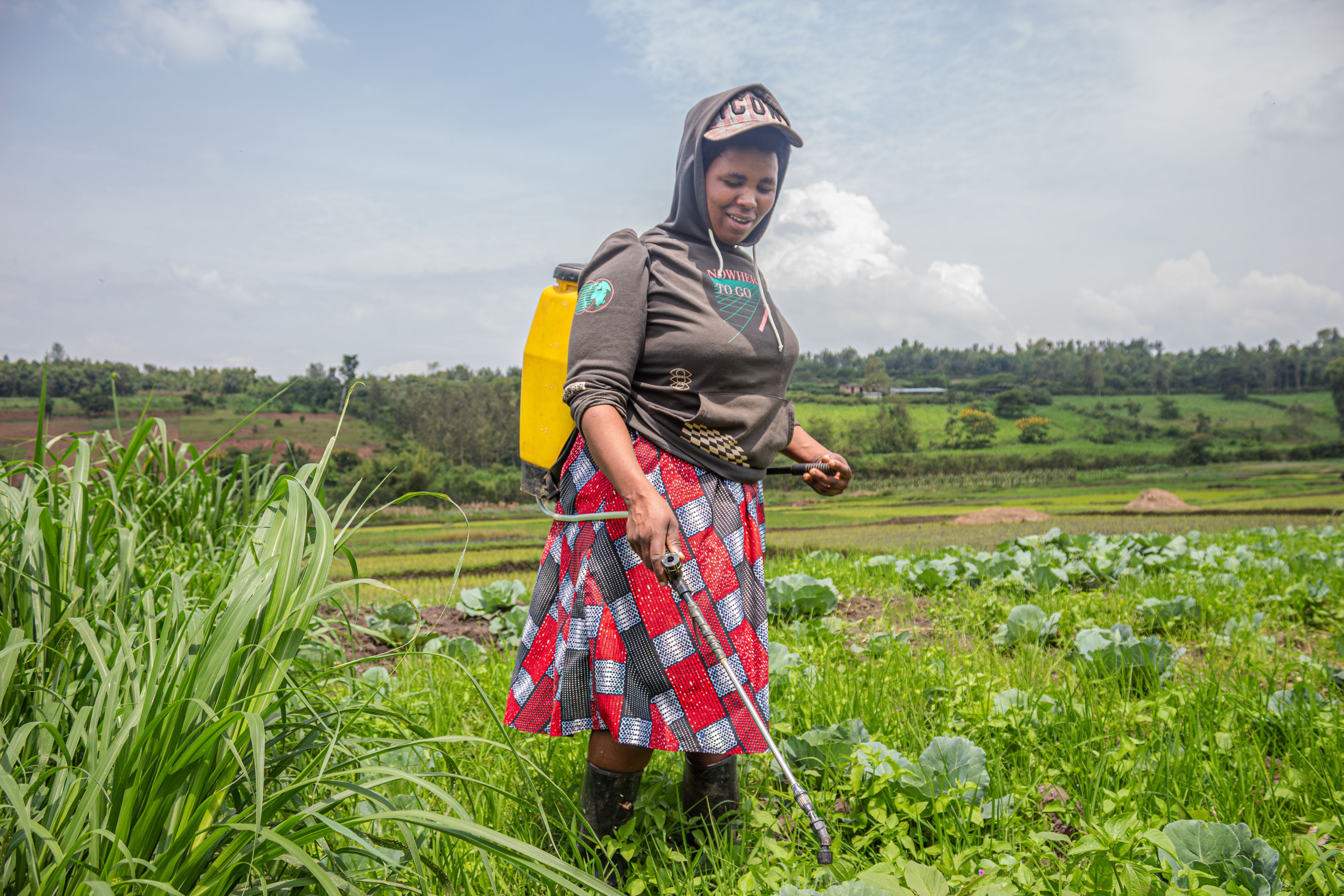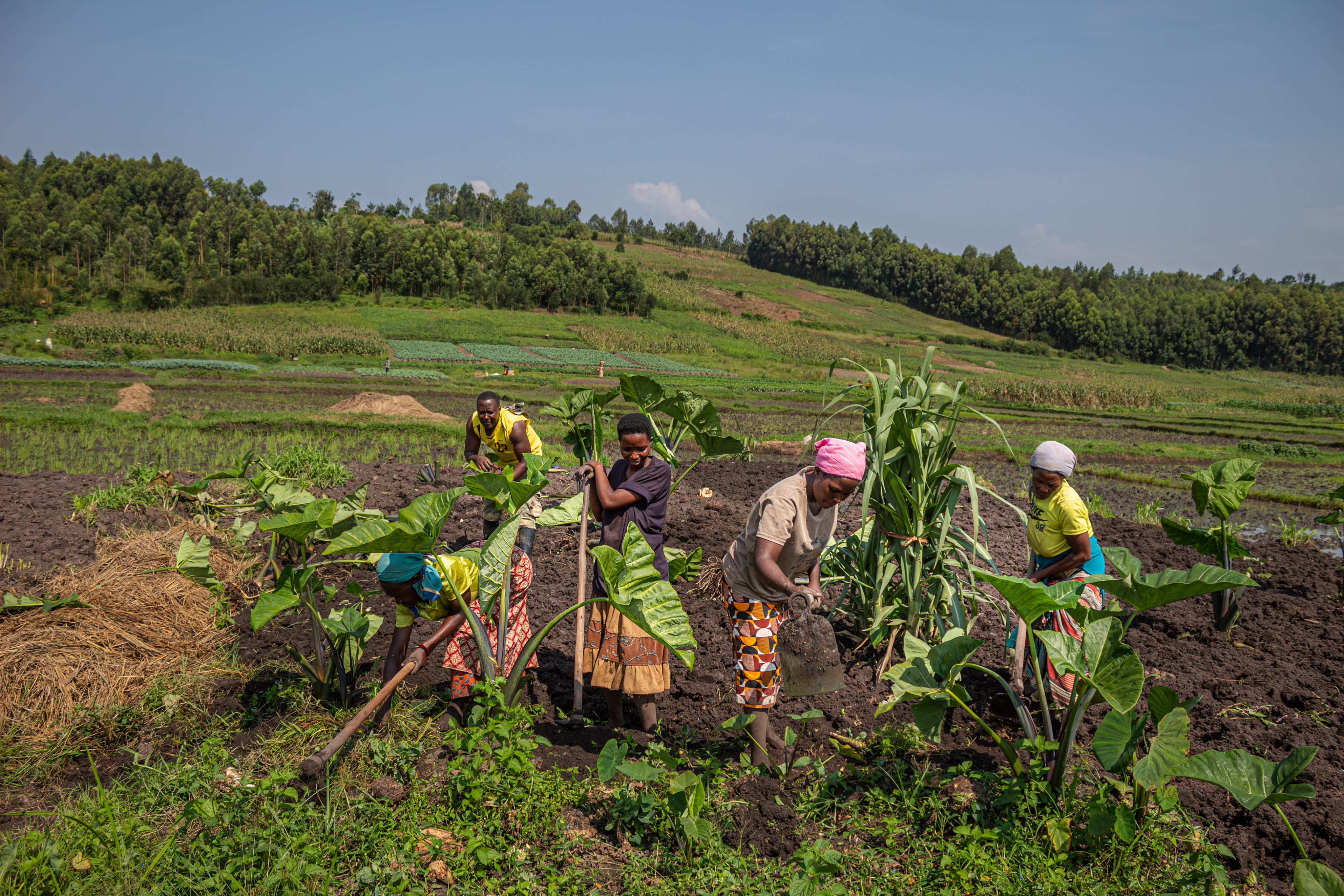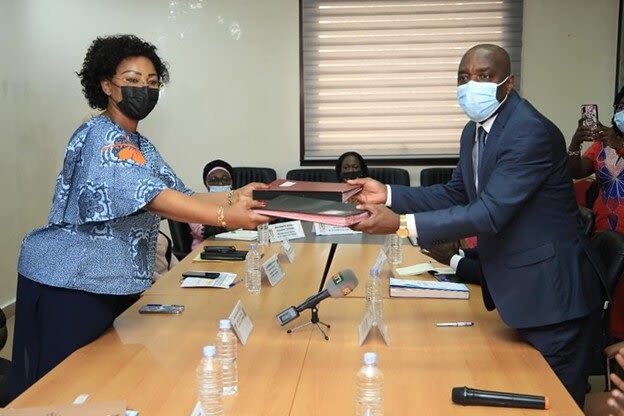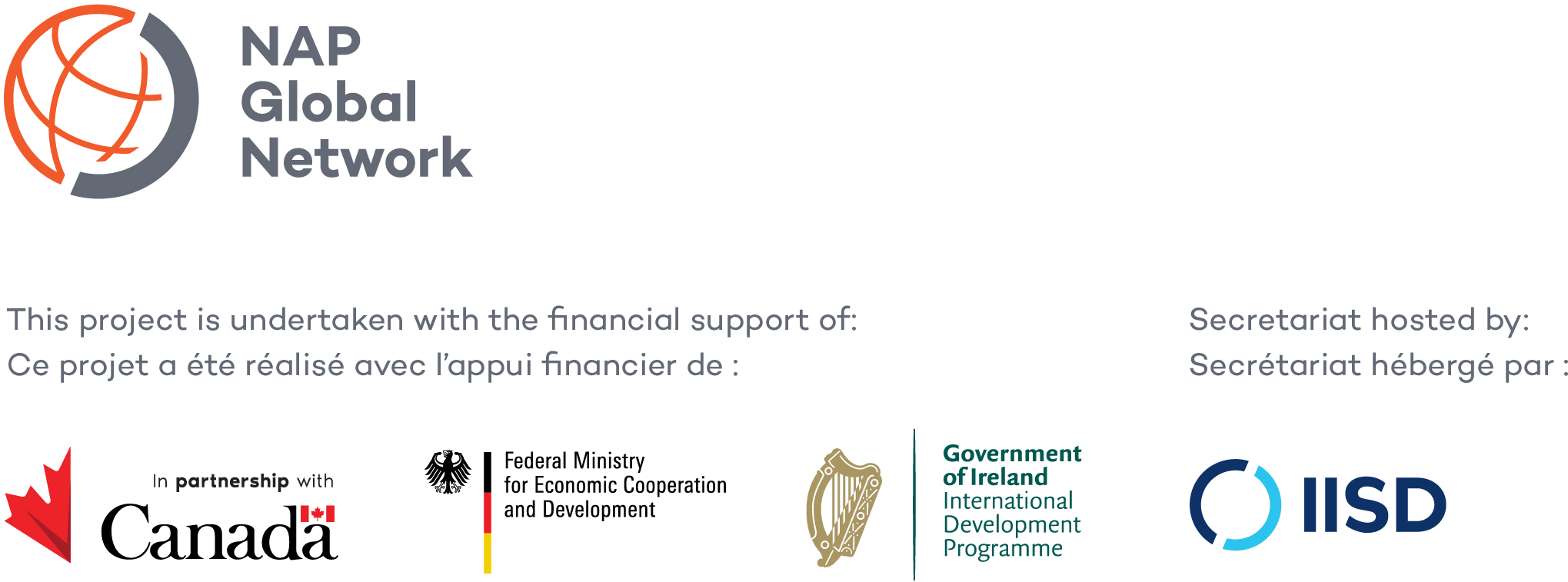NAPs in Action
Four stories of adaptation plans driving change
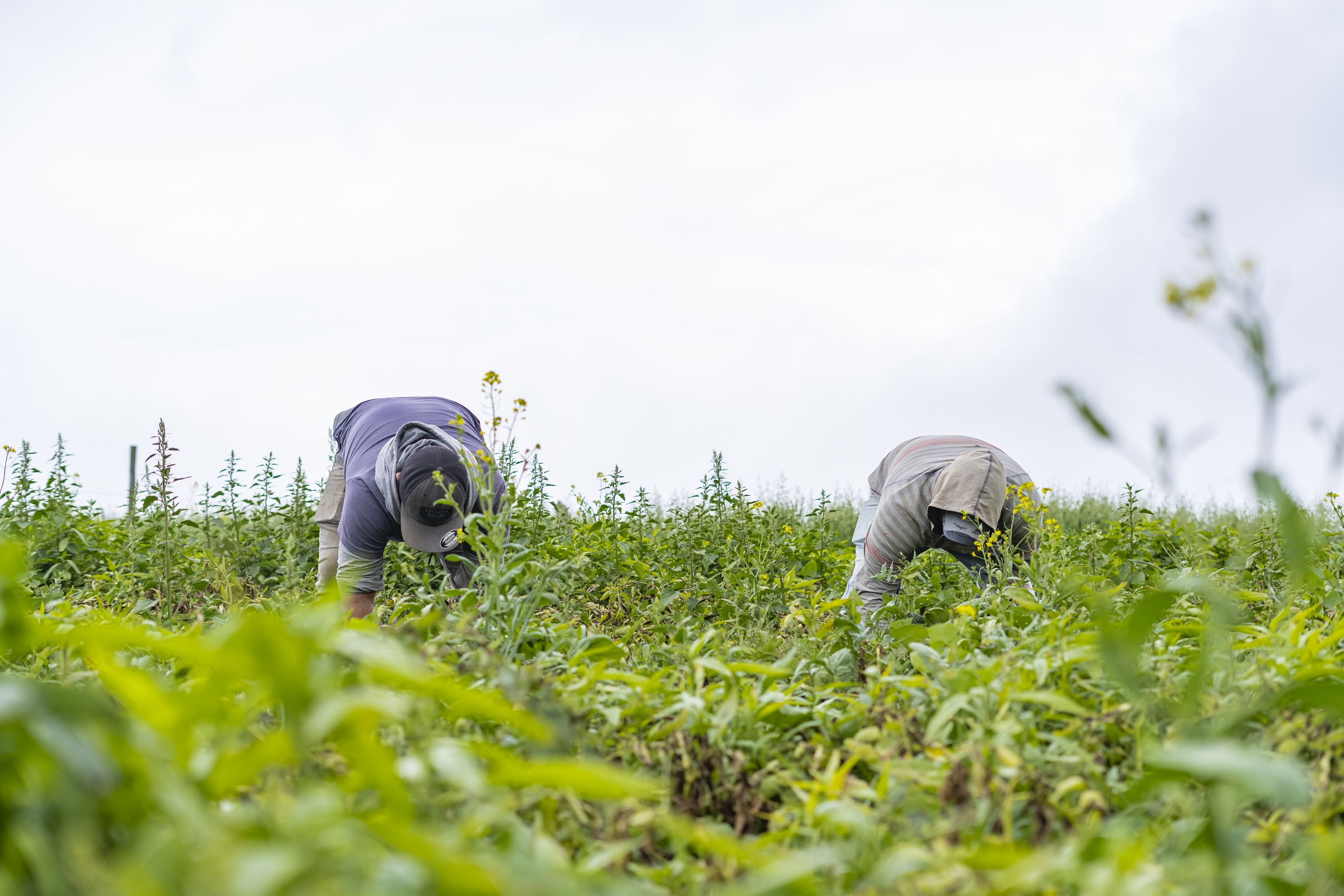
Approximately 3.3 billion people, or 40% of the world’s population, now live in countries that are highly vulnerable to climate impacts, according to the Intergovernmental Panel on Climate Change’s (IPCC) latest report. Adapting to these climate risks is crucial, and so is national adaptation planning. The national adaptation plan (NAP) process sets out a country’s priorities for dealing with the impacts of climate change over the medium and long terms to protect its ecosystems, people, and economy.
Over the past 10 years, the NAP Global Network has focused on supporting developing countries in determining their priority actions to adapt to the changing climate. As of July 2025, 63 countries had submitted multi-sector adaptation plans to the UN Framework Convention on Climate Change (UNFCCC). Now, more and more countries are stepping up their efforts to move beyond planning and turning their NAPs into action. Here are just four examples of how countries are translating adaptation planning into real-world results.
A local in Palau gazes up at a taro plant—valued in the community as not just a staple food, but as a symbol of cultural continuity and self-sufficiency. (Kiara Worth/IISD/Palau Office of Climate Change )
A local in Palau gazes up at a taro plant—valued in the community as not just a staple food, but as a symbol of cultural continuity and self-sufficiency. (Kiara Worth/IISD/Palau Office of Climate Change )
Costa Rica
In 2022, Costa Rica published its first NAP. One of the priority actions in the plan was to build 25 water reservoirs for small horticultural farms in the northern parts of Cartago, Alvarado, and Oreamuno cantons to address water shortages. A year later, the Ministry of Environment and Energy teamed up with partners and the NAP Global Network to pilot the construction of seven water reservoirs in the Reventazón River basin.
The pilot served as a real-world test of what implementing the NAP could look like on the ground resulting in a 90% increase in incomes and, helping farmers secure water during dry spells by harvesting and storing rainwater that can be used later to irrigate crops and make the most of this natural resource. In addition to these benefits, it also helped the government to make the case to attract USD 3.5 million in new funding to scale the work and build 200+ more reservoirs for rainfed farms across Costa Rica’s Central Eastern Region. Read more and watch the story here.
By storing rainwater for irrigation, farmers in Costa Rica can protect crops like onions from the impacts of prolonged drought. (moOve)
By storing rainwater for irrigation, farmers in Costa Rica can protect crops like onions from the impacts of prolonged drought. (moOve)
In Costa Rica, famers utilize new water reservoirs to help secure water for crops during dry spells. (moOve)
In Costa Rica, famers utilize new water reservoirs to help secure water for crops during dry spells. (moOve)
Dominican Republic
The Dominican Republic launched its first NAP in 2015, setting goals for climate resilience to 2030. In 2024, the Ministry of Environment and Natural Resources requested support to integrate climate change adaptation into its Environmental Impact Assessment (EIA) process. The EIA system shapes what gets developed and where, and ensures that infrastructural investments are more resilient to climate change.
To do this, the ministry developed a guidance document and trained national actors to ensure development projects account for climate risks and adaptation needs, which is especially relevant for the island’s significant coastal tourism industry. Climate change adaptation is now officially part of the EIA process, strengthening the assessment of new coastal, rural, and urban developments across the country.
“This guide is a very valuable tool and is designed to integrate adaptation in each of the stages of the environmental assessment process.”
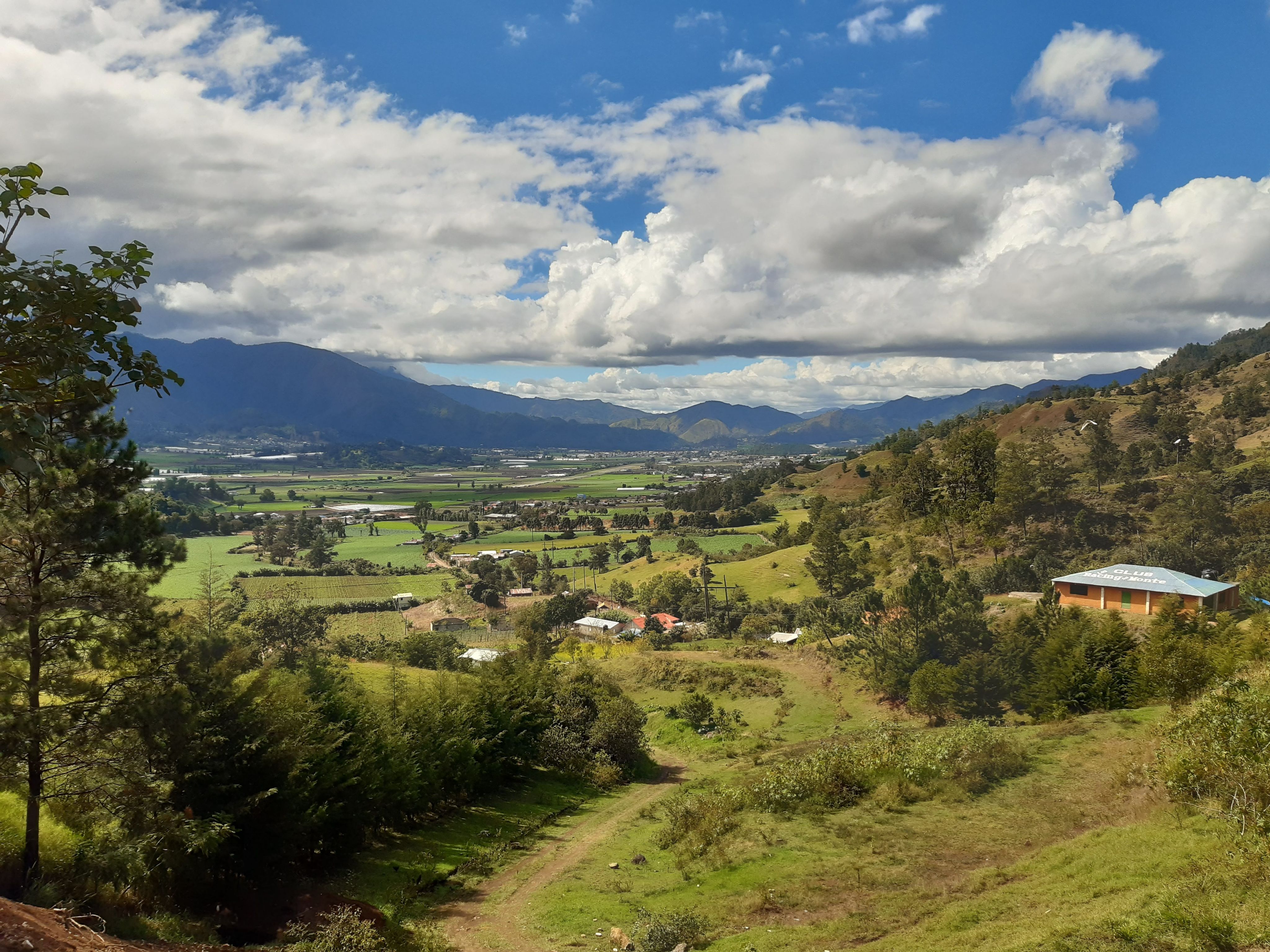
Rwanda
Rwanda has a long track record on climate change adaptation, with its 2011 Green Growth and Climate Resilience Strategy setting national adaptation planning and action in motion. In 2021, the Ministry of Environment asked the NAP Global Network for support to pilot a monitoring, evaluation, and learning (MEL) system for climate adaptation, starting with the agriculture sector. A comprehensive MEL system enables countries to assess the effectiveness of their adaptation actions.
The MEL system in Rwanda uses qualitative case studies alongside the usual indicators to track how adaptation efforts in agriculture are performing. The interviews and dialogue with community members provide a fuller picture of impacts and stronger evidence of what works and what does not. Today, insights from this MEL system are feeding into national-level strategies and policies, including the updated Green Growth and Climate Resilience Strategy (2023), the Second National Strategy for Transformation (2024–2029), and the ongoing update of Rwanda’s 2020 nationally determined contribution (NDC). The knowledge and information about the results of adaptation in agriculture that were collected through the MEL system also helped attract USD 29 million from the Climate Investment Funds for the project Resilient Landscapes and Communities in Kaduha-Gitwe Corridor, approved based on the 2024 Rwanda Nature, People, and Climate Investment Plan. Read more.
A crop farmer based in Rwanda sprays pesticide to protect her young cabbages from climate-induced disease. (Josiane Mukeshimana/Lensational trainee/Rwanda 2024)
A crop farmer based in Rwanda sprays pesticide to protect her young cabbages from climate-induced disease. (Josiane Mukeshimana/Lensational trainee/Rwanda 2024)
Hired farm workers in Rwanda prepare a plot to plant cassava to support a healthy sustainable harvest. (Josiane Mukeshimana/Lensational trainee/Rwanda 2024)
Hired farm workers in Rwanda prepare a plot to plant cassava to support a healthy sustainable harvest. (Josiane Mukeshimana/Lensational trainee/Rwanda 2024)
The signing of the MOU by Nassénéba Touré, Minister of Women, Family, and Children, and Jean-Luc Assi, Minister of the Environment and Sustainable Development. Côte d’Ivoire, October 25, 2021. (Ministère Environnement, Développement Durable et Transition Ecologique)
The signing of the MOU by Nassénéba Touré, Minister of Women, Family, and Children, and Jean-Luc Assi, Minister of the Environment and Sustainable Development. Côte d’Ivoire, October 25, 2021. (Ministère Environnement, Développement Durable et Transition Ecologique)
Côte d’Ivoire
Côte d’Ivoire began its NAP journey with a roadmap document in 2016. The Ministry of Environment and Sustainable Development reached out to the NAP Global Network for support in making gender a stronger part of the adaptation process.
A gender analysis published in 2018 laid the groundwork for more inclusive planning. In 2020, the Ministries of Environment and Women’s Affairs launched the National Gender and Climate Change Platform (PNGCC), a permanent multistakeholder group focusing on gender and climate. By 2021, the two ministries signed a Memorandum of Understanding to formalize their collaboration and to engage diverse stakeholders and integrate gender and social inclusion into the NAP process.
Côte d’Ivoire’s upcoming NAP document (expected in 2025) is set to have a strong gender-responsive focus, laying the groundwork for its implementation to deliver equitable results. Read more.
Exchange of signature books between Nassénéba Touré, Minister of Women, Family, and Children, and Jean-Luc Assi, Minister of the Environment and Sustainable Development. (Ministère Environnement, Développement Durable et Transition Ecologique)
Exchange of signature books between Nassénéba Touré, Minister of Women, Family, and Children, and Jean-Luc Assi, Minister of the Environment and Sustainable Development. (Ministère Environnement, Développement Durable et Transition Ecologique)
Read more about these stories and more in our 2024 progress report.
© 2025 International Institute for Sustainable Development
Published by the International Institute for Sustainable Development.
This publication is licensed under a Creative Commons Attribution-NonCommercial-ShareAlike 4.0 International License.

